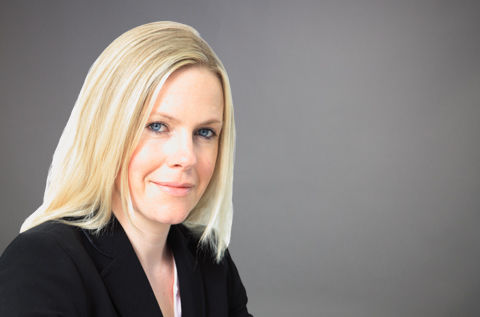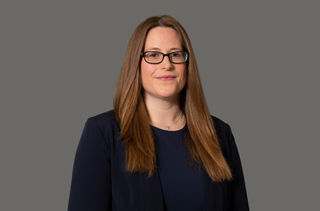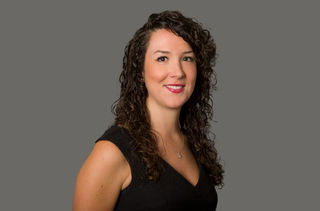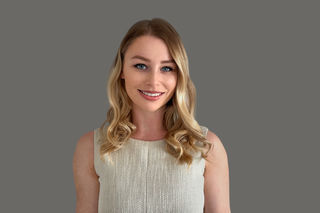Secondary victim claims after the Supreme Court decisions in Paul, Polmear and Purchase
02/02/24The Supreme Court Judgment in Paul and another v Royal Wolverhampton NHS Trust; Polmear and another v Royal Cornwall Hospitals NHS Trust; and Purchase v Ahmed [2024] UKSC 1 confirms that doctors do not owe a duty of care to patient’s families psychologically impacted by witnessing a relatives death, injury or decline, even where it may have been negligently caused.
Whilst claims under the Fatal Accidents Act 1976 for bereavement and Law Reform (Miscellaneous Provisions) Act 1934 for recoverable dependency (financial and services/care) remain available it appears that, in a clinical negligence setting, secondary victim claims will no longer be viable.
A short history lesson - secondary victim claims and the Alcock criteria
By way of reminder, a primary victim is someone directly injured by the negligent act of another. A secondary victim however is someone who is not directly involved in the incident but witnesses it and either sees the primary victim being injured or fears for the primary victim’s life and suffers psychiatric injury as a result.
The need to manage the scope of secondary victim claims was considered in Alcock v Chief Constable of Yorkshire Police [1992] 1 AC 310 (Alcock) where a number of claims were broughtby friends and relations for psychological injury after witnessing loved ones die or suffer injury on TV during the Hillsborough disaster. Those claims failed due to a lack of proximity the claimants being considered too far removed in time and space from events.
This led the Court to set out the following criteria by way of ‘control measures’ clarifying that secondary victim claimants would have to prove that:
- it was reasonably foreseeable a person of ‘normal fortitude’ would suffer psychiatric injury from witnessing the index event
- there was a close tie of love and affection to the primary victim
- there was close proximity in time and space to the event or its immediate aftermath and;
- they suffered psychiatric injury as a result of the sudden shock to the nervous system caused by seeing or hearing the horrifying event or its immediate aftermath.
It is the issue of proximity in time and space that has posed the most uncertainty in secondary victim claims and the resulting extension of the underlying duty has led to the need for referral to the Supreme Court.
The facts in Paul, Polmear and Purchase
Paul v Royal Wolverhampton NHS Trust [2022] EWCA Civ 12
Involved the death of Mr Paul who suffered a heart attack 14 months after he was negligently discharged from hospital following his heart condition not having been diagnosed. His two young daughters (nine and twelve at the time) witnessed his collapse and sought compensation for psychological injury caused by witnessing his death.
Polmear v Royal Cornwall Hospital NHS Trust [2021] EWHC 196 QB
Involved the death of a young child who had also been negligently discharged without diagnosis of an underlying heart condition. Her parents did not see her collapse but witnessed resuscitation attempts (with one of her parents administering mouth-to-mouth resuscitation) and her death, resulting in PTSD.
Purchase v Ahmed unreported Birmingham CC 6 May 2020
Involved the death of a young woman after an out-of-hours GP failed to diagnose pneumonia. Some hours later, her mother found her motionless and CPR was performed without success. The mother sought compensation for PTSD, anxiety and depression caused by events.
The key issue in all three cases was proximity with the claimants arguing they were all sufficiently close in time and space to the deaths, rather than the negligent act, for the duty of care owed to their relative (the primary victim) to extend to them as secondary victims.
The Court of Appeal disagreed, considering itself bound by the earlier decision in Taylor v A Novo (UK) Ltd [2013] EWCA Civ 194 (Taylor) where a daughter suffered PTSD after witnessing her mother’s death because of DVT and associated pulmonary embolism caused by an injury at work some three weeks earlier. That claim failed because the daughter had not witnessed the accident and so was not sufficiently close in time and space to the negligent act.
As a result, the issue was referred to the Supreme Court for a definitive ruling.
The Supreme Court decision
All three appeals were dismissed by a majority of six to one and the Supreme Court took the opportunity to clarify
- the duty owed by doctors to those other than their patients
- the qualifying test for proximity
- the Alcock criteria where a duty was established.
The duty of care owed by doctors - scope limited to the patient only
The Court made clear that while doctors do owe a duty of care to protect the health of their patients, they do not owe a duty of care to members of the patient’s close family, to protect them against the risk of illness caused by witnessing the death or medical crisis of their relative from a condition the doctor has negligently failed to diagnose or treat. A position that goes hand-in-hand with the underlying general principle in law which is opposed to granting remedies to third parties for the effects of injuries to other people.
The qualifying test for proximity - the distinction between “accident” and “medical crisis”
They further clarified that to qualify in terms of proximity, secondary victims would need to witness an “accident” which they described as “an external event which causes or has the potential to cause injury” [105].
In a clinical negligence setting that would mean witnessing the negligent act. Simply seeing the manifestation of any negligent treatment, so the death, injury or decline / medical crisis of the loved one (i.e. in Paul that would be the fathers heart attack), is insufficient and would not qualify as an accident for these purposes for policy reasons [53].
In their view North Glamorgan NHS Trust v Walters [2002] EWCA Civ 1792(Walters), where the Court concluded a 36 hour period between illness and death was to be regarded as a single event facilitating the issue of proximity, had been wrongly decided on its facts and should not have qualified as an accident.
Modifying the Alcock criteria - removing the need for a “sudden shock” and “horrifying” event
However, where the secondary victim can establish proximity there is no longer the need to prove a “sudden shock to the nervous system” which the Lords considered an outdated theory of the aetiology of psychiatric illness and something never intended to be an additional restriction on the recovery of damages.
Similarly, whilst still necessary to show that it was reasonably foreseeable that the defendant’s negligence might cause an injury, the Supreme Court could see no justification for super-imposing an additional separate requirement that the event witnessed was sufficiently “horrifying” [75] particularly in the absence of a ‘Richter scale of horror’ [76] to objectively judge this against.
Is this the end of secondary victim claims in a medical negligence setting?
The Supreme Court decision restricts the scope of secondary victim claims in a medical negligence setting having clarified the duty owed by doctors to those that are not their patient and the need to witness an accident.
There can be no question that the death or injury of a loved one will always be deeply distressing no matter the cause and it is entirely understandable that where negligence is involved that the impact may be harder felt.
This Judgment does however, provide clarity around when a claim can be brought and does not impact the entitlement to claim for bereavement or dependency which at least provides certainty for all concerned.
How Capsticks can help
We are a market leader in the field of clinical negligence, with specialist clinical negligence defence solicitors advising on the resolution of clinical negligence claims, management of complaints and serious incident investigations, together with an innovative outsourcing service for claims’ handling.
Our Claims team holds monthly webinars on a range of topics for all levels of clinical practice in the primary, secondary, community and private sector.to hear about the next one, sign up here. To access a recording of the last webinar titled 2023/2024 - Claims Yearly Round Up and Horizon Scanning that closely considered the Paul ruling, get in touch with our events team.
If you have any queries around what's discussed in this article, please contact Catherine Bennett, Jennifer Harris, Catherine Michel or Olivia Banks.








